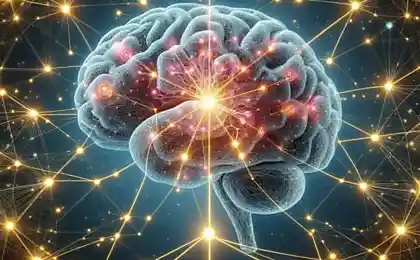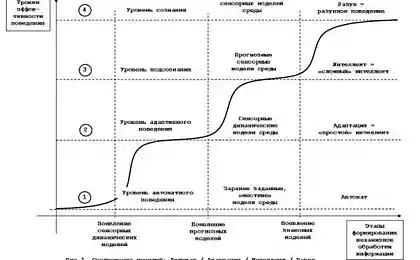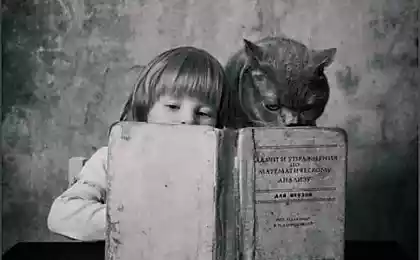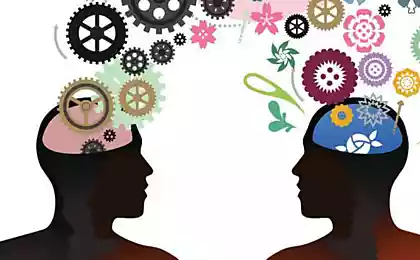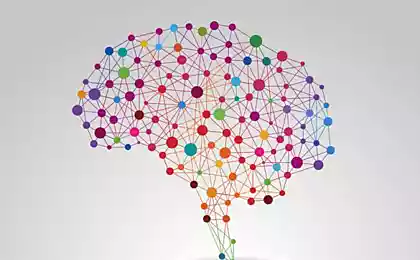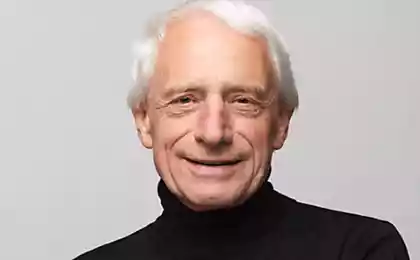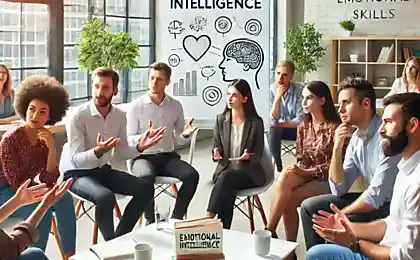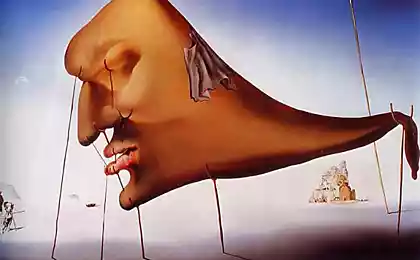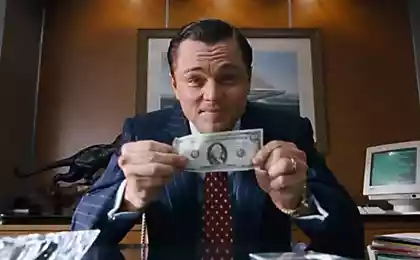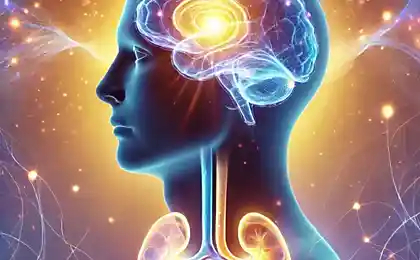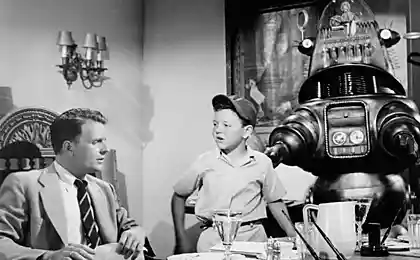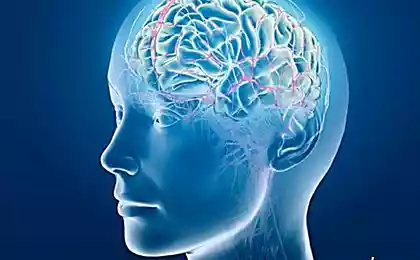775
7 habits of creative people or how to become a creative person
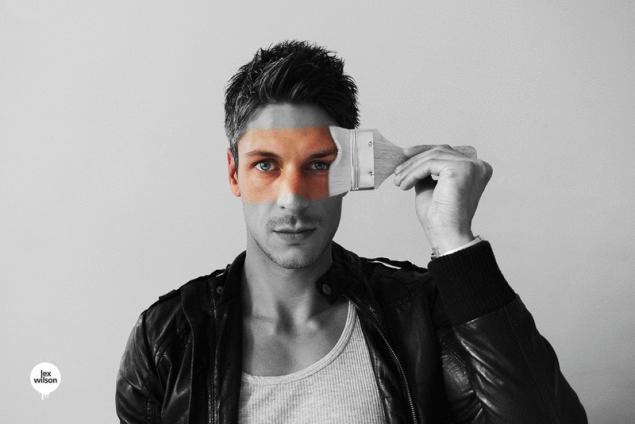
Have you ever looked at the creative or inventive people, and in your consciousness creeping feeling that they are special creatures, endowed with incredible talent? There came to you the idea that you are not so fortunate in life? I used to feel that way. Since then, however, I learned that creativity has more to do with psychology, not with intelligence, and there are no secrets to become a creative person.
In fact, no such thing – "be more creative", you are already a creative being.
I'm sure we've all had moments when we felt deadlocked in trying to reach our creativity. Did you know that this unit is only a product of your mind? Your mind creates different kinds of assumptions, self-limiting and restrictive prohibitions. But all these assumptions can be eliminated in a simple way: it is enough to feel its presence in the present moment, you just need to get down to business and stop thinking.
Below are the seven habits of resourceful and creative people that I have deduced and concluded from the book of Scott Berkun "the Myths of Innovation".
Persistence – Innovative solutions mean more than just great ideas. We need faith, hard work and a clear focus on the end result, to continue to persevere toward our vision goals, despite all obstacles. We tend to fear to go to the final result and do not see the basic: hard work and perseverance, which are so necessary to translate vision into reality. "Invention is 1% inspiration, 99% perspiration", – Thomas A. Edison
Get rid of limiting restrictions that you have set for themselves Under the influence of prohibitions we feel limited, we are haunted by the feeling that we have reached an impasse. We need to get rid of these created by our mind the shackles, eliminating assumptions and limitations. This is what we mean when we say "think outside the box". Inspire yourself to be open to new ideas and solutions, and to set their own limiting beliefs. Remember that innovation and creativity are more related to our psychology, not intelligence. Take chances, make mistakes – I believe that one of the reasons why we create our own limitations – is our fear of failure. Expect some of your ideas will fail in the process of accumulation of experience. Create prototypes, test them on people, gather feedback, and gradually improve the material embodiment of your ideas. Instead of counting their mistakes with failure, think of them as experiments. "Experiment is the expected failure deliberate attempt to learn something". (Scott Berkun). Instead of punishing yourself for your failures, accept them, and then apply your new acquired knowledge to find the best solution to the problem. Live according to its purpose – to get the best result, but at the same time, realize that your path can meet obstacles. "I have not failed. I've just found 10,000 ways that don't work". – Thomas A. Edison
Make the escape – Our environment can influence and actually influences how we feel. The more we are relaxed and calm inside, the more we are susceptible to use to the maximum the inexhaustible flow of our creativity. This is why ideas sometimes come to us in the shower or when we're alone. Each of us has different "triggers" that allow us to access our creative energy. Many great thinkers take long walks which help them to solve problems. Experiment and find what works for you. Write down – Many innovators and creative people keep a journal to record ideas and thoughts. Some kept in readiness a notebook, an album, adhesive leaves or simply unnecessary sheets of paper. Each of them has its own method to capture their thoughts, to think on paper, to discard limiting beliefs and begin the process of creation. The famous notebook of Leonardo da Vinci was bought by bill gates for 30.8 million dollars. Find patterns and create combinations – Ideas come from other ideas. Did you know that Edison was not the first who invented the light bulb? He was just the first to create a working carbon filament inside a glass bulb, increasing the life of the bulbs. You can increase your receptivity to new ideas, you can look for patterns and think about how you can combine ideas to improve already existing solutions. Curiosity – Many innovators are just curious people. They are inquisitive, and they like to solve problems. Try to look at ordinary things differently. For example, when you see the problem, ask yourself, "What are alternative ways to solve it?". Ask many questions and challenge the existing standards or methods.
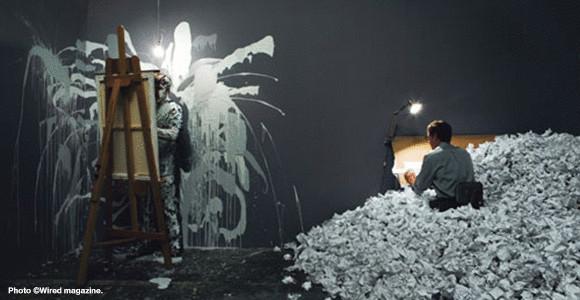
Here are some techniques that you can apply to develop your creativity:
- Keep a diary – Make it a habit to write down every thought, idea that inspires you. Practice brainstorming and thinking on paper.
- Solve the opposite problem , a technique does exist. The idea is to invent and brainstorm on the problem opposite to the one you are trying to solve. For example, if you are trying to create "the best laptop design", start with ideas to create "the worst laptop design".
This technique works particularly well for group brainstorming. The implementation of this technology seems so stupid that the reply process similar to a fun game. Humor reduces barriers and encourages people to openly speak their mind. People feel more confident and open.
- Find a creative environment – Find a relaxing or inspiring environment that will contribute to your creativity. Try to stay in different places until you find something special that really will awaken in you the best of everything.
- Do something fun – If you get stuck on something, shift your thoughts to another, making something fun or something that is completely different from your current activities. Go back to the problem at hand with a fresh head.
- Partnership – Create a creative partnership with another person. New ideas can come to the surface in the combination of the two creative efforts and lead to a result that would not be able to come in person.
- Be prepared for bugs – "decide to risk with the full realization that sometimes you will suffer failure. If you won't fail, you're not doing anything really complex or creative." Scott Berkin
- Talk to someone about the problem – I found that when I try to talk about the specific problem of the interlocutor, thus I also formulate and solve this problem. Explaining the situation, I don't expect them to solve my problem, rather, they act as a "catalyst" for ideas.
- Create a plan of action in case of obstacles – resolve to overcome any possible obstacles. You should consider and have a plan in case of non-creative questions which can be a barrier to creative thinking. Scott told about the most common obstacles people face: loss of motivation, lack of funding, inability to convince the key person.
P. S. And remember, just changing your mind — together we change the world! ©
Source: justpost.com.ua

